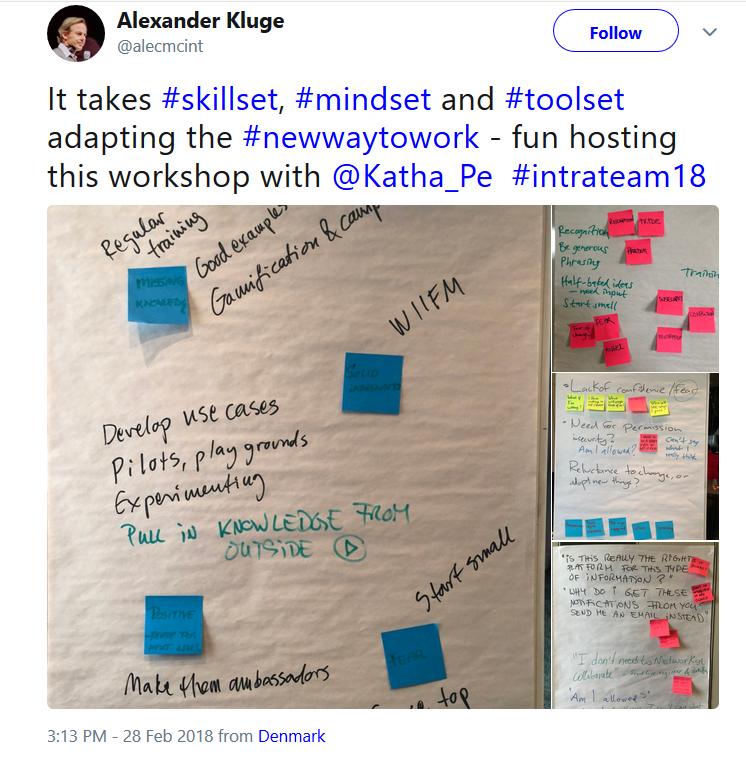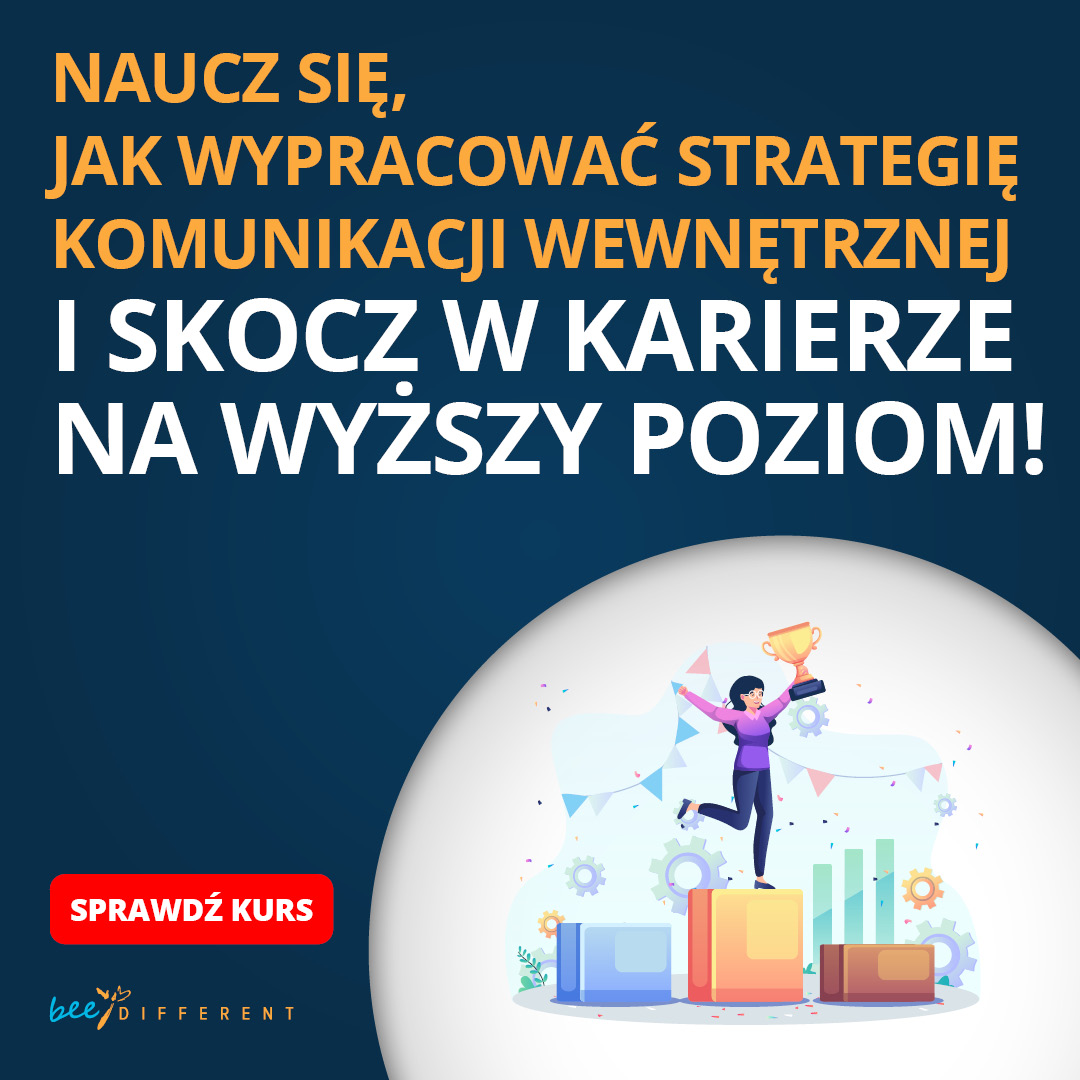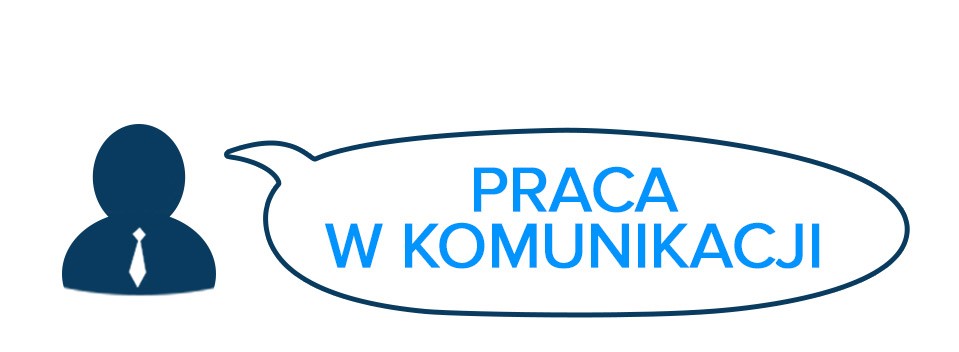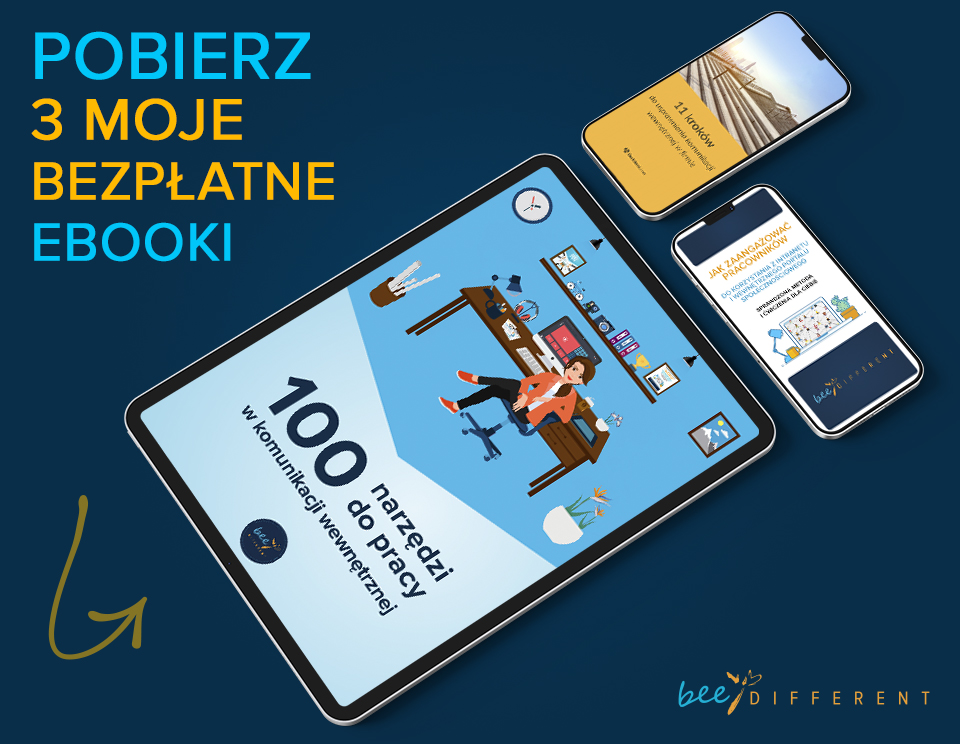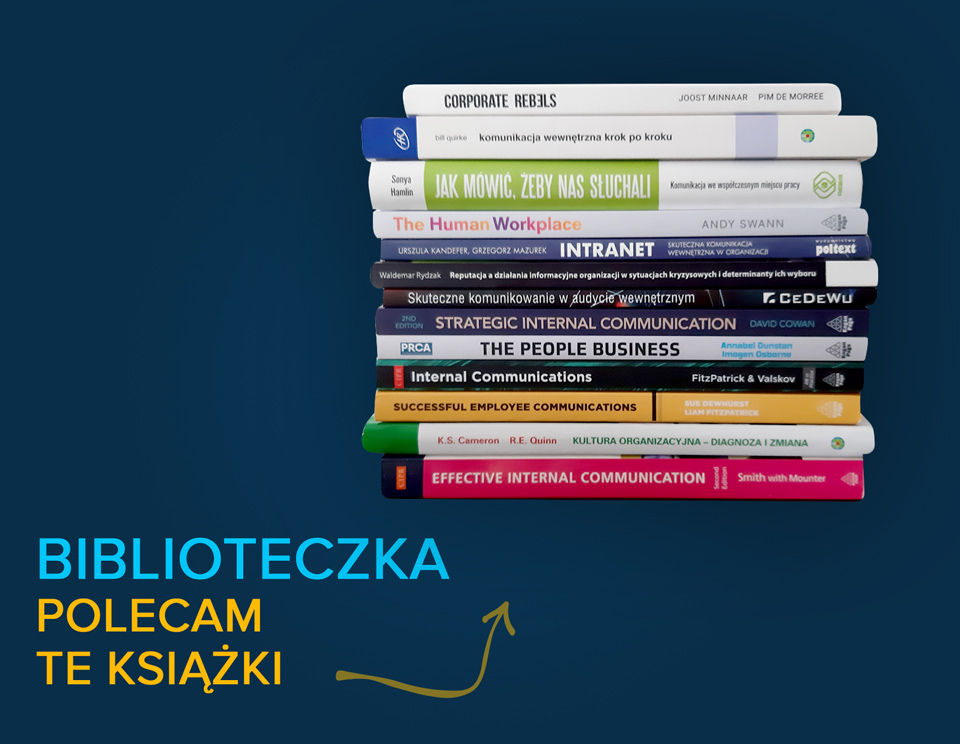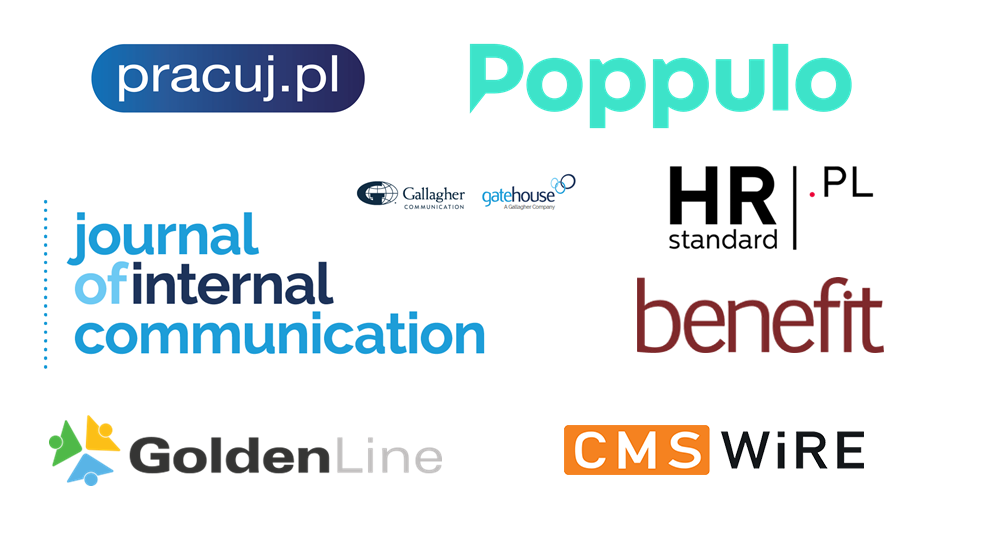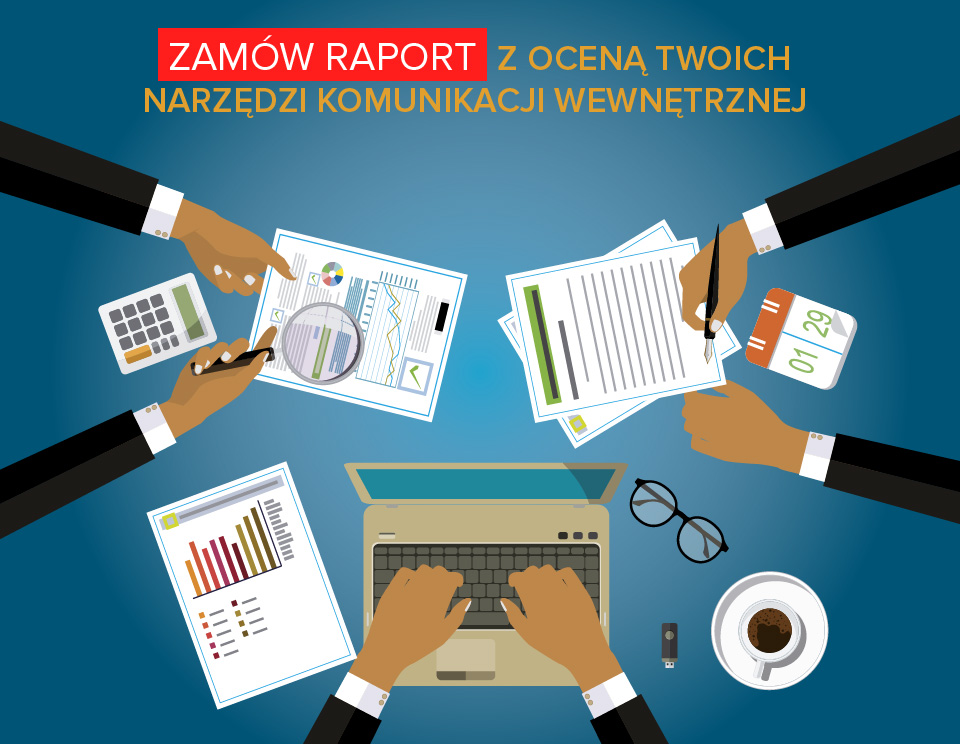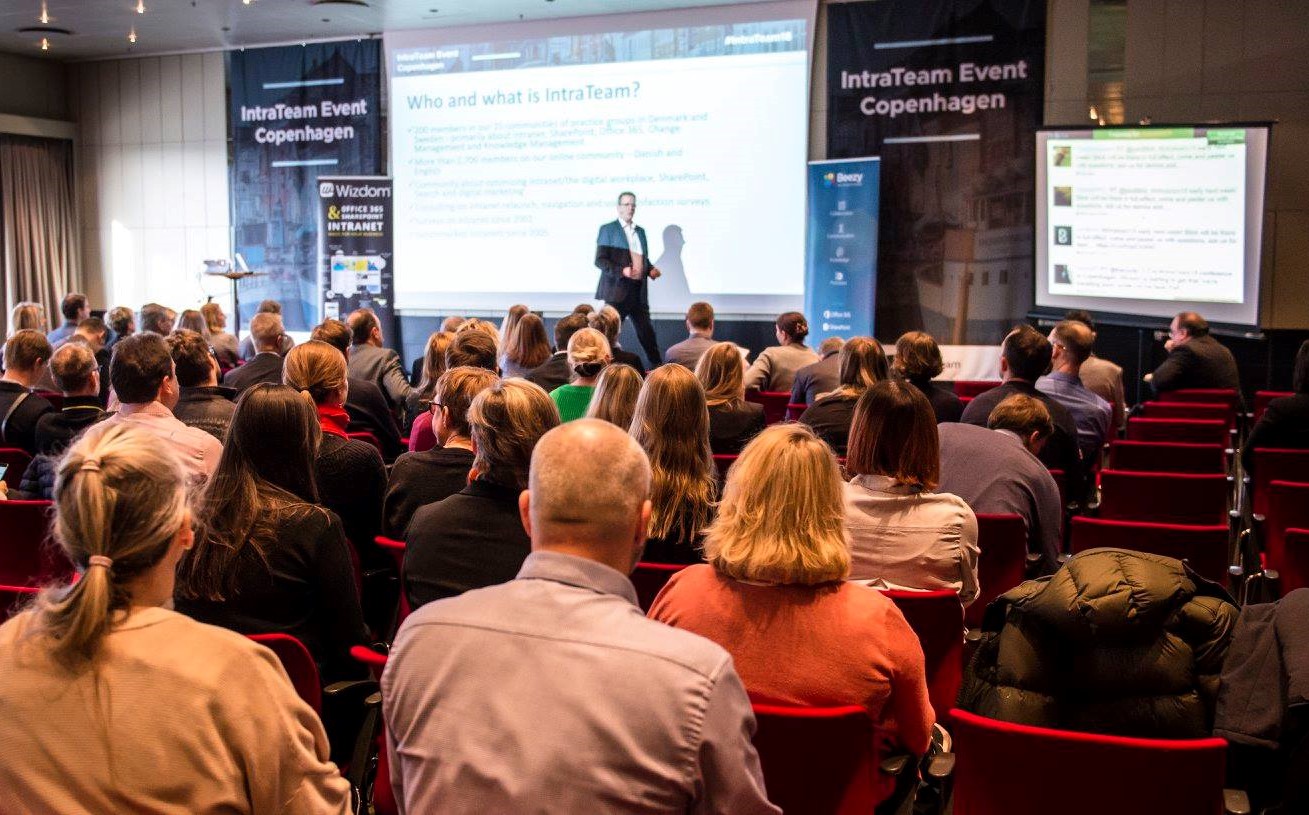

I'd like to draw your attention to a few lessons from the presentations that I had the opportunity to see during IntraTeam Event 2018 in Copenhagen. The lectures I participated in were focused on creating intranets around tasks and strengthening #DigitalLiteracy, namely knowledge and experience of employees in terms of digital solutions used in a company that can effectively improve their work and communication.

Amalienborg Castle and the Royal Danish Opera in Copenhagen
IntraTeam Event is the international conference dedicated to intranets and digital workplace. This year it was held at the turn of February and March and 260 people from 19 countries participated in it. We had the opportunity to choose from over 30 presentations that took place at the same time in 3 rooms for 2 days. It’s the second time I’ve been to this event.


Kurt Kragh Sørensen from IntraTeam
10 digital issues to consider:
1. We work on the wrong things because we don’t know where we are. We don’t have a map showing us where to go. These are the words of Steve Bynghall and Chris Tubb, the intranet consultants from British Spark Trajectory. As a great advocate of internal communication audits, which show the current state of communications and give a good basis for planning further actions, I subscribe to this statement. The gentlemen encouraged us to define well the problem first and that will lead us to the solution. Their opinions were supported by further speakers.
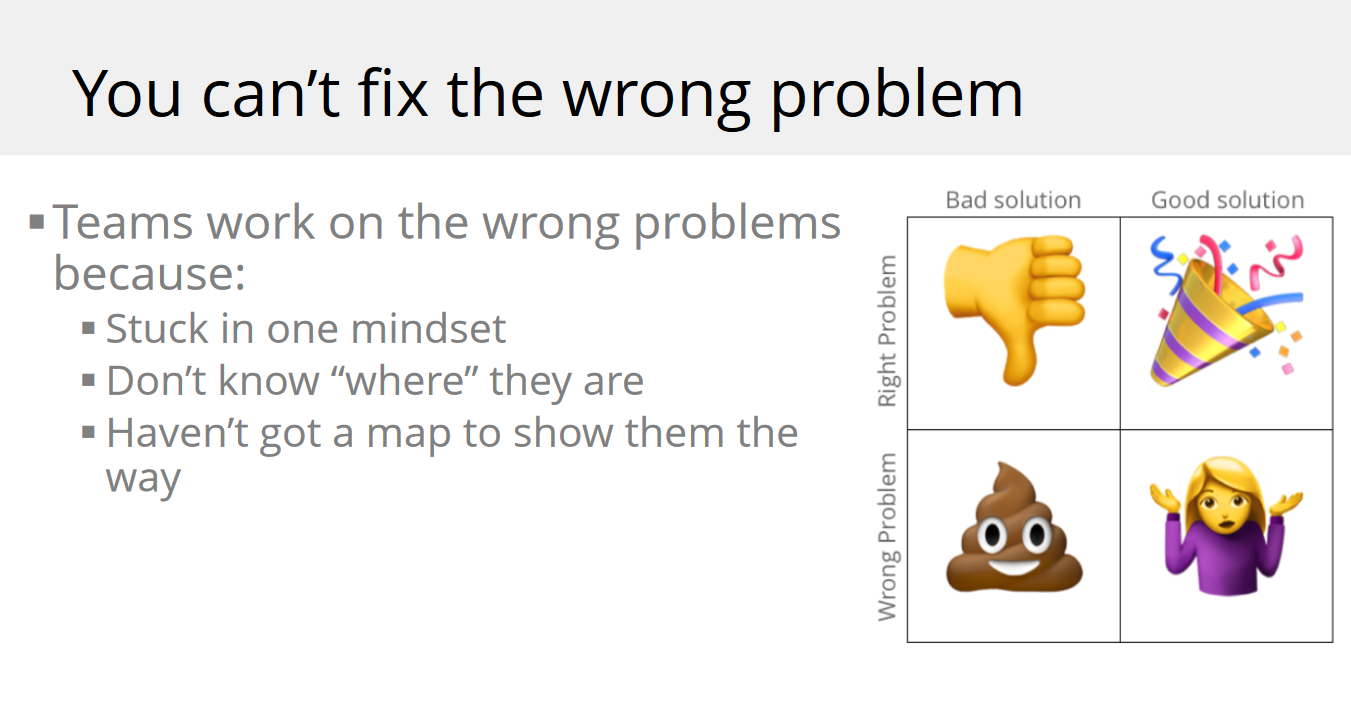
2. Before creating a new intranet, identify the tasks to be solved. Ask employees what the intranet is to help them with, what they want to see on the homepage. Ask service teams such as HR or IT, what the most common queries from employees are and let the intranet solve these problems for them. The intranet should be structured on the basis of tasks. It’s also a tool for solving tasks, not only for communication and cooperation. This is how Scott Fulton constructed the intranet of the police in Avon and Somerset in England.
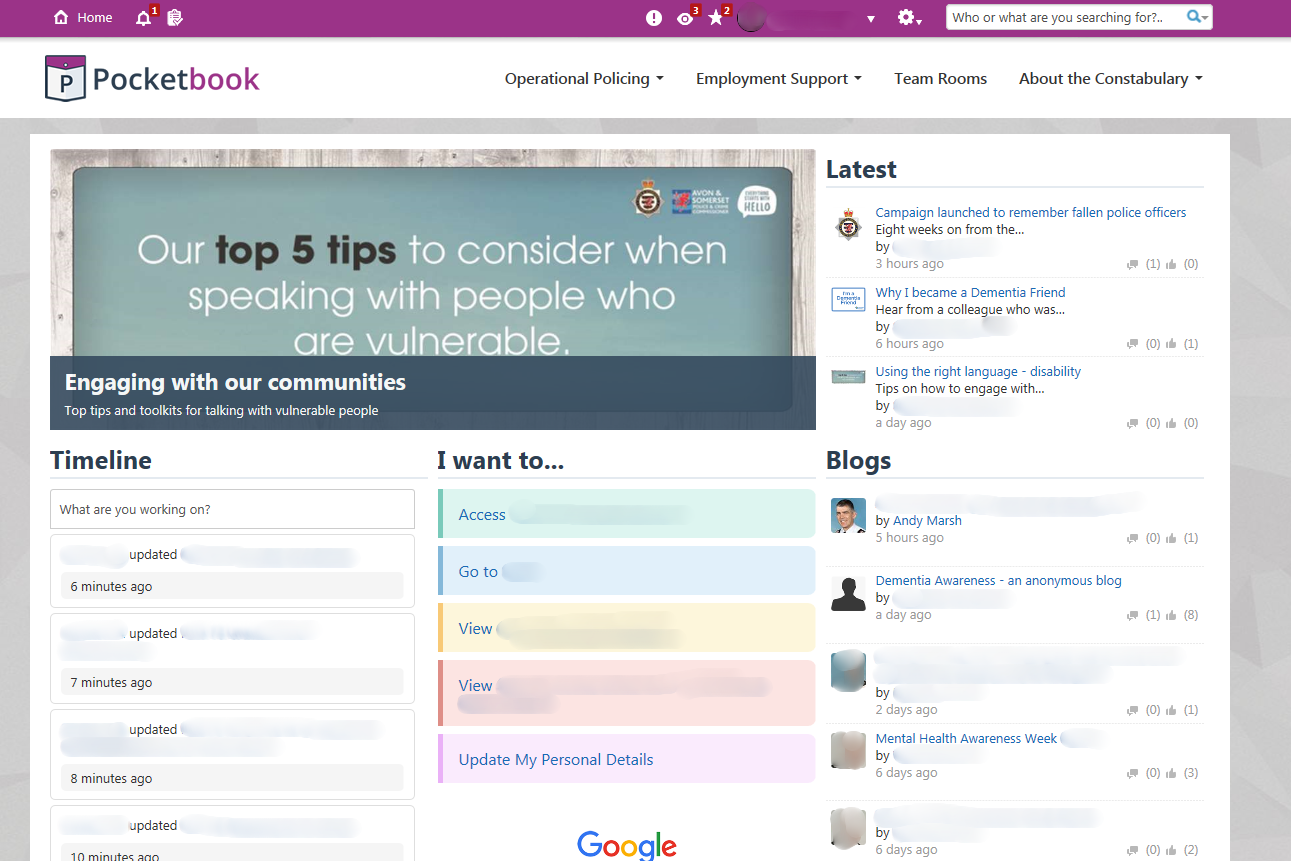
Pocketbook Police Intranet (screen: StepTwo)
3. When creating an intranet, have a perspective of employees ahead of you, not yours. Find out what they want and what they need. Test on users not a ready intranet, but the phase of ideas already. Engage employees from the beginning to work on the new intranet. These are the words of Jacqui Randle from the Scottish Government. You can read more about their award-winning StepTwo Intranet and Digital Workplace 2017 Saltire intranet in my interview with Jacqui: How to create an award-winning intranet?

The homepage of Saltire - the Scottish Government’s intranet
4. Don’t tell employees about the tools, but about what the tools can do for them. This was the guiding principle for the creators of the awareness and adaptation campaign for Office 365 in 170 UNDP countries. Many materials were prepared to support broadening knowledge and experience of employees with the Office 365 tools. You can find out about many of them in my interview with Lucy Braun, the co-author of this campaign (my interview: UNDP and its global awareness and adoption campaign for Office 365) and two of them below - tips for employees when and which tools to use and the best tools for team work.

Materials for employees used during the UNDP campaign (photo: Twitter)
This campaign is a great example of how to improve internal #DigitalLiteracy, namely the skills of employees concerning the use of digital solutions.
5. An intranet isn’t a project, it's a product! Implementing the intranet isn’t a project that has an end. Implementing the intranet doesn’t mean finishing work on it. This is only the stage after which we adapt, monitor, modify, improve, etc. I also strongly subscribe to this view. I prepared the article about such a product approach, which has been waiting for publication in a magazine for several weeks. As soon as it appears, I'll let you know.
6. To build an (awarded!) intranet, you don’t need to have a budget. I know, it's hard to believe, but if you don’t believe me, ask Jon May from the University of Westminster Students' Union. At IntraTeam 2018 he showed us that it was possible. He used WordPress and plugins, Google Sheets, Citymapper, Zapier and created a simple intranet for his team. Then he managed to get a budget of 500 pounds.
Low-cost tools brought great value. The satisfaction survey after the implementation of the intranet showed that it was worth it. The degree of information for employees increased from 12% to 46% and satisfaction from internal communications from 23% to 45%. And in addition, this intranet won the golden award at the international competition StepTwo Intranet and Digital Workplace in 2016. My Dear Readers, no budget is a poor excuse. Get to work!
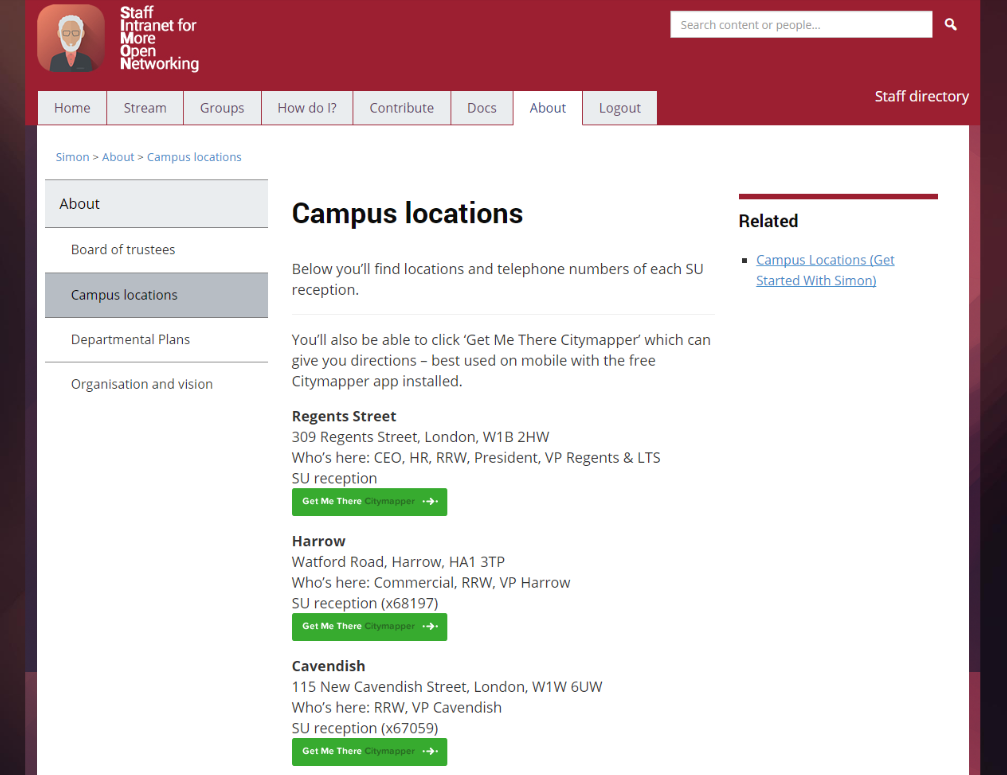
Created at a low cost, Students' Union of the University of Westminster intranet
7. A new intranet can contribute to changing the organizational culture. This was shown by Alvaro Felipe Moerzinger from Euroclear. It’s a hierarchical organization with a large number of engineers who rarely knew who they were and what the board members were doing exactly. The new platform is not only a CEO blog, the entries of individual board members appear after each board meeting (!), but it’s also a knowledge center, a place dedicated to cyber security or helpdesk. The problem was also having 15 company locations that didn’t communicate with each other. Thanks to the new intranet and sections for individual locations, it's easier now. Interestingly, the content that is most popular among users is automatically delivered to the homepage. Defining persons helped design the new platform.
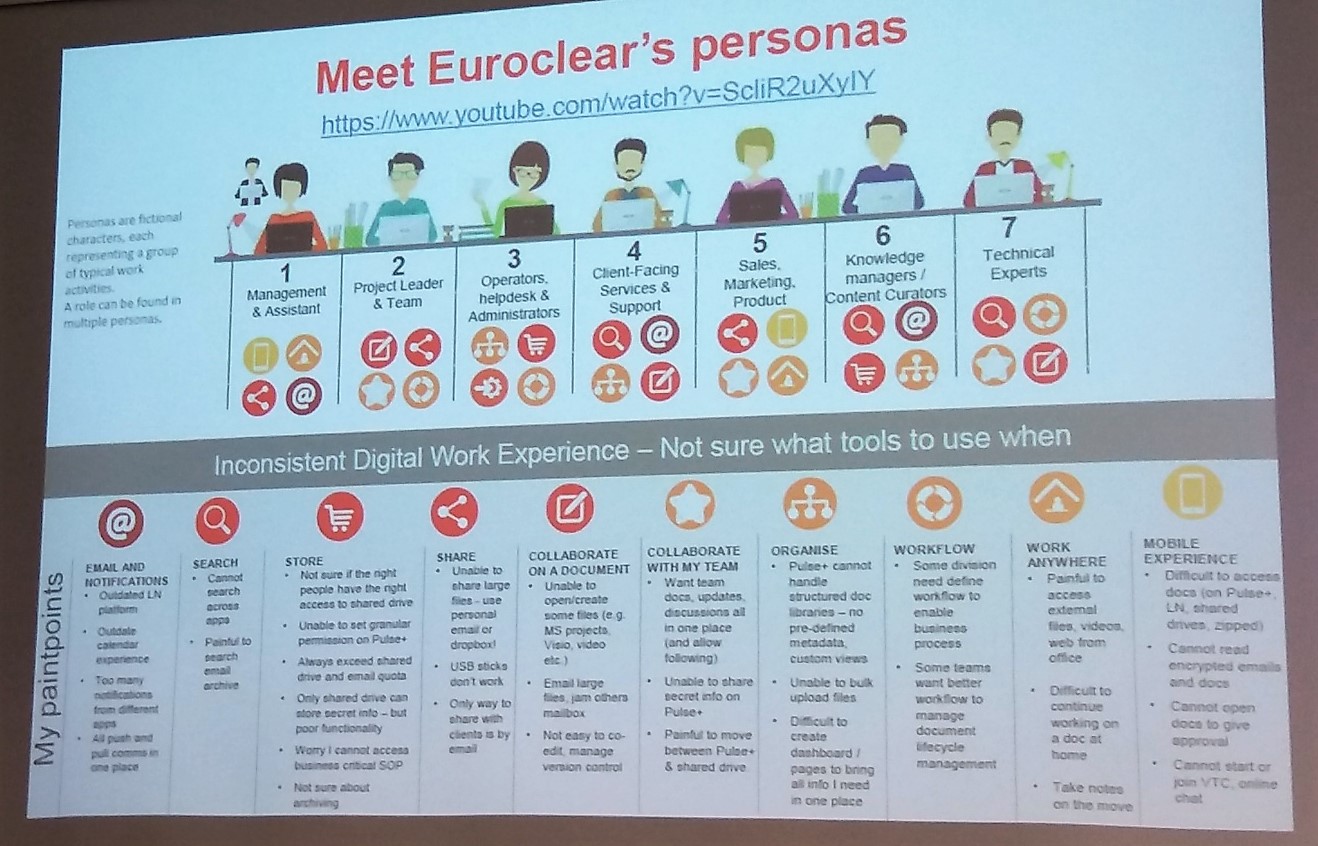
Personas in Euroclear
8. Applications are useful work tools provided they are well-designed. While working for the University of Liverpool, Paul Hagan designed two applications later awarded with gold at StepTwo Intranet and Digital Workplace Gold 2016.
Why is it worth first defining exactly what tasks the application should help employees with? Because it determines its choice. And we can choose from the two options - a native app or a mobile web app available in a browser. They differ in possibilities, e.g., the native app works also without the Internet connection that may be crucial for employees to perform certain tasks.
The applications presented by Paul were very practical and they were aimed at supporting the University's employees in carrying out tasks, e.g., helping them to create reports during inspections of students' rooms.

Application for iPad for inspectors and the mobile web app for recording incidents
9. Working Out Loud (WOL) connects people. In Poland, this idea isn’t so popular as in Germany or Great Britain. But everything points to the fact that we should become more interested in it. Especially that it’s free and very simple. Katharina Krentz from German Bosch told how they have been using this method for connecting employees for several years. WOL makes people change, but they don’t actually feel this change. You need 12 weeks and a group of at least several people. Bosch allows WOL during working hours. They can connect at any given time with employees in other countries dealing with completely different areas of business and share their knowledge and experience. Currently, 2 thousand people at Bosch do it, and their main goal is to ‘connect’. This idea is supported by one of the board members.
You can read more about WOL in my interview with Sabine Kluge from Siemens, who spoke about this issue during last year's IntraTeam 2017.
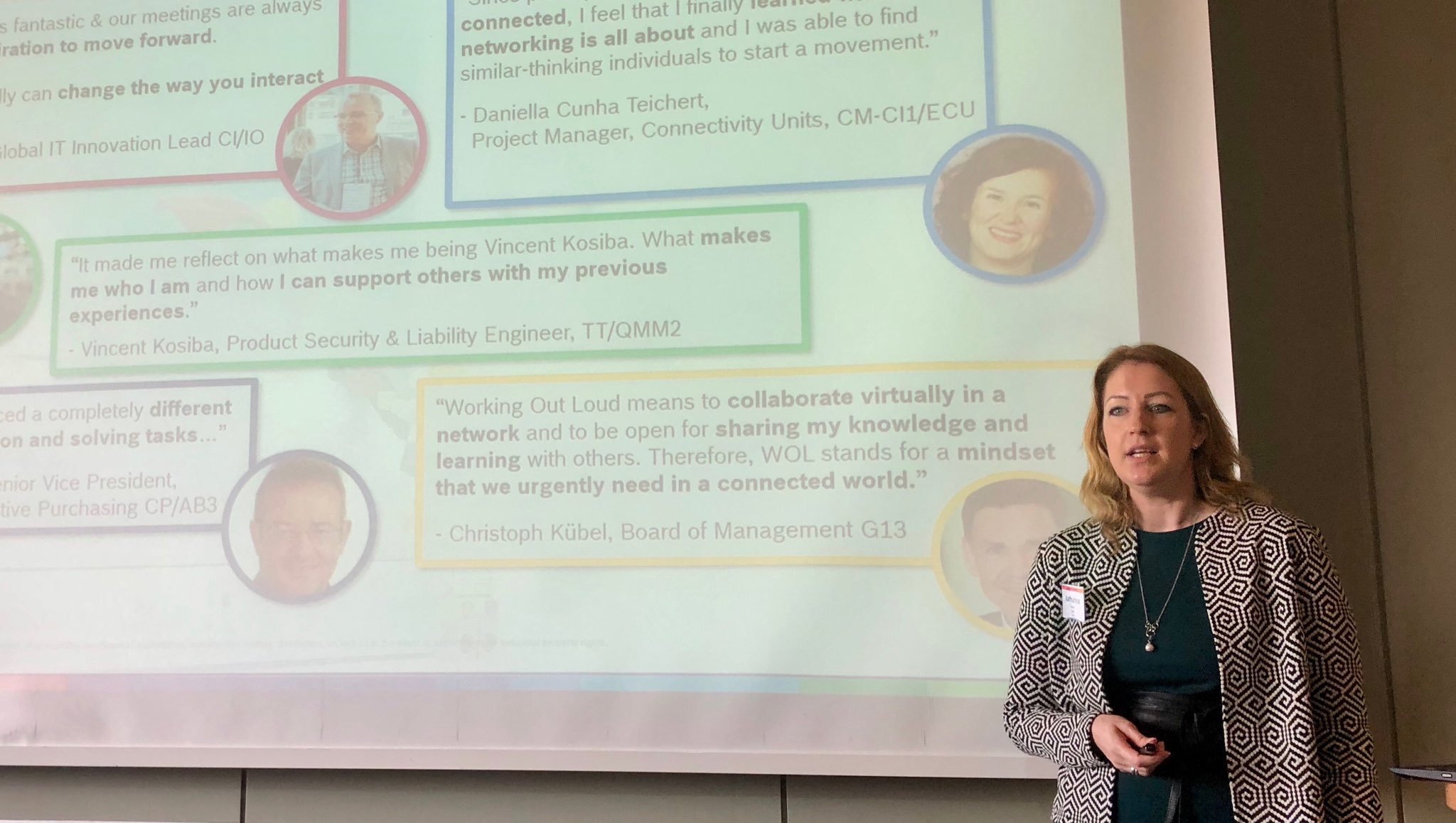
You can download materials and rules for Working Out Loud free of charge at www.workingoutloud.com. In the picture - Katharina Krentz from German Bosch (photo: Twitter)
10. Why are employees reluctant to engage in social media platforms? They are primarily blocked by fear and lack of knowledge. Katharina Krentz from Bosch Group and Alexander Kluge from Kluge Consulting helped us articulate that. During their short workshop, we were considering what usually prevents employees from using internal social media actively. It turned out that these are usually, among others, lack of knowledge if the tool and information we publish there will be safe as well as lack of knowledge about how we can use a given tool; there’s also the other group of reasons concerning fear: lack of self-confidence, fear of showing up, the assessment from the bosses, criticizing the published ideas from recipients. How to deal with it? The ideas are, e.g., trainings, showing good practices, information campaigns, encouraging the use step by step.
Alexander Kluge perfectly summed it up, pointing to three blocking areas concerning mind, skills & tools. Let's keep that in mind while designing activities in the area of internal social media.
screen: Twitter
Is IntraTeam Event worth going to? I recommend it especially because of the multiplicity of presentations to choose from and the internationality of the speakers that give an interesting preview of how intranets and digital workplace are seen in other countries. The dates for the next edition have already been announced - IntraTeam 2019 is to be held in Copenhagen on February 26-29, 2019.
Irmina and Kurt, thank you again for the invitation and cooperation.
Photos: IntraTeam, MB, other sources mentioned below the screens

